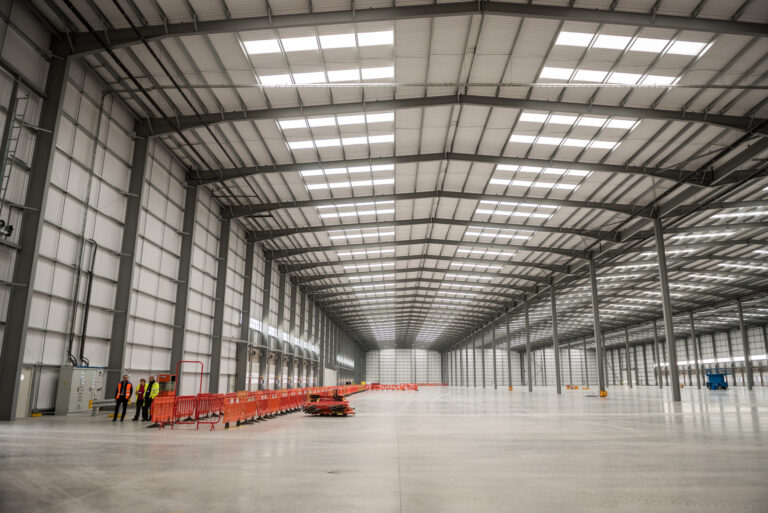While take up of space in terms of square footage transacted is up 15 per cent compared with the same period last year, the number of deals completed fell by 17 per cent and 33 per cent on an annual and quarterly basis respectively, indicating a degree of Brexit-related nervousness among many occupiers.
Despite that research from Cushman & Wakefield revealed that take-up for the first nine months of the year was on a par with the five-year average of 24 million sq ft.
Third-party logistics providers (3PLs) remained active accounting for 29 per cent of deals completed since the start of the year with take-up in this sector driven, not only by occupiers stockpiling in preparation for Brexit, but retailers utilising specialist logistics providers to navigate increasingly complex supply chain fulfilment.
The report, which tracks enquiries for units over 50,000 sq ft, also revealed that take-up in London, South East, East Midlands and Yorkshire was above the five-year average, with notable deals including Ocado taking 304,000 sq ft at at SEGRO Park Purfleet in East London.
Preliminary figures to date suggest that logistics investment is circa 40 per cent down compared to the corresponding period last year largely due to the current economic and political landscape.
Bruno Berretta, UK Logistics & Industrial Research & Insight, Cushman & Wakefield, said: “The market is generally more favourable to the occupier than 12 months ago. However, the level of occupier choice continues to vary substantially from one submarket to another and across size bands. Availability remains relatively tight for some product types even in regions that have seen greater levels of speculative development which is supporting rental growth.”
Richard Evans, Head of UK Logistics & Industrial, Cushman & Wakefield, commented: “Despite the business uncertainty caused by the ongoing Brexit situation, the logistics and industrial market has continued to outperform other sectors. The structural changes in the retail sector and the increasing focus on supply chain efficiencies are just two of the key drivers which give us confidence that market demand will remain robust.”







